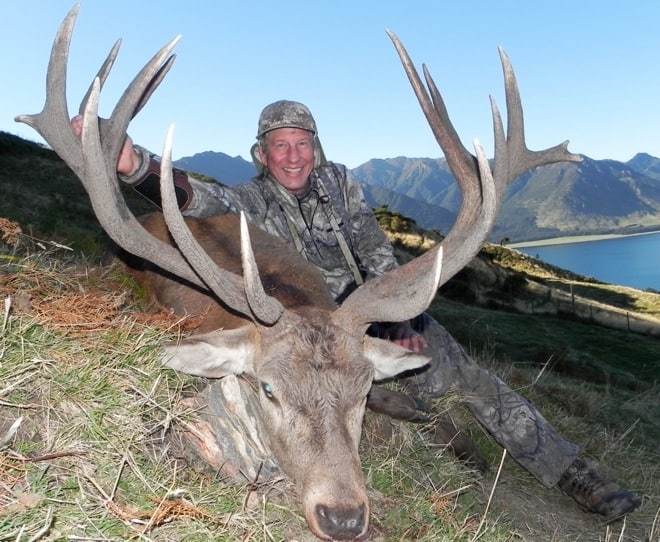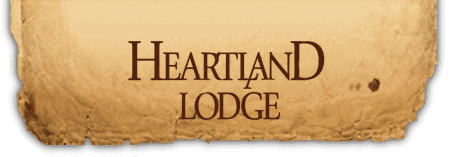Dennis Dunn Tips for Barebow Shooting
 With an increasing number of individuals rediscovering the satisfaction of a self sufficient lifestyle, the number of archers continues to rise. Within the archery community itself, an interest in returning to the literal essence of the stick and the string, finding the mark instinctively by shooting bare bow, continues to prick the hearts of those searching for the roots of an art.
With an increasing number of individuals rediscovering the satisfaction of a self sufficient lifestyle, the number of archers continues to rise. Within the archery community itself, an interest in returning to the literal essence of the stick and the string, finding the mark instinctively by shooting bare bow, continues to prick the hearts of those searching for the roots of an art.
Archery icon and noted author of the book “BareBow”,Dennis Dunn, is the current world record grizzly bear holder and the first to complete the Super-Slam of North America shooting instinctively. Shooting just three fingers on the string and no sights. For those with the curiosity for the challenge of shooting instinctive, Dunn shared a few tips for those with the desire for rediscovering the origins of the art which helped him over his 40 year quest.
Equipment: Like any piece of archery equipment, starting out shooting a heavier poundage bow can lead to bad fundamental habits. “With no let off on traditional archery equipment, starting out with a low poundage bow is pertinent,” Says Dunn. “If you try to start shooting too heavy a poundage, you will develop target panic. Pick a poundage which will not put excess pressure on your skeletal muscles. You want to be able to control the bow.”
Aiming: Aiming instinctively is often a point of confusion for many. “I start my aiming by looking at the target then back to arrow, then back to target,” says Dunn. This is also known as space gapping. Dunn continued, “Now focus on the target, I start my aiming as I draw, holding the bow at the elevation I want to release my arrow. Don’t look at tip of the arrow, look at your desired point of contact and focus through the entire draw. When I reach my anchor point, I make sure my bow arm is not moving. Imagine your arm is a steel rod based in cement, unable to move. However, this does not mean you tense your entire arm. For a pure shot, make sure to create maximum back tension through pinching your scapulas muscles together. At the point of release, you want to be able to draw a straight line from the tip of your arrow directly off the end of your elbow. Instinctive shooting is much like throwing a baseball. You don’t look at your arm when you throw, you don’t think about where you release, you just do.”
Anchor Point: Dunn says, “ Another reason not to over-bow yourself; to make sure you can reach your anchor point.” In the traditional archery world, different people anchor at different points. When asked where he anchors and why, Dunn replied, “I place my fingers right under my left cheek bone because I am left handed. For the right handed shooter, they would want to anchor under their right cheekbone. Since the cheek bone is incredibly hard, it allows for a solid and constant anchor point in which there is less chance the arrow will be thrown off target. Some people anchor on the soft side part of their cheek yet, the middle of your cheek is soft allowing your aim to be shifted even just a few fractions of an inch which we know can be the difference between a clean kill a miss, or even worse a poorly hit animal.”
Mastering the art of instinctive traditional shooting like any other art form, sport, or activity you want to master, takes unwavering dedication.
To shoot instinctively with success you must know your equipment, know the game, and know yourself. Failure is part of learning this art. Although he completed the SuperSlam, Dunn’s book notes many of the failures and close calls bought about by the variables of shooting instinctively. However, Dunn was never afraid to reach out to others for help in becoming better. Through commitment and the help of the traditional archery community, you too can master an ancient craft.
Jason Reid
Last Updated: August 19th, 2013



